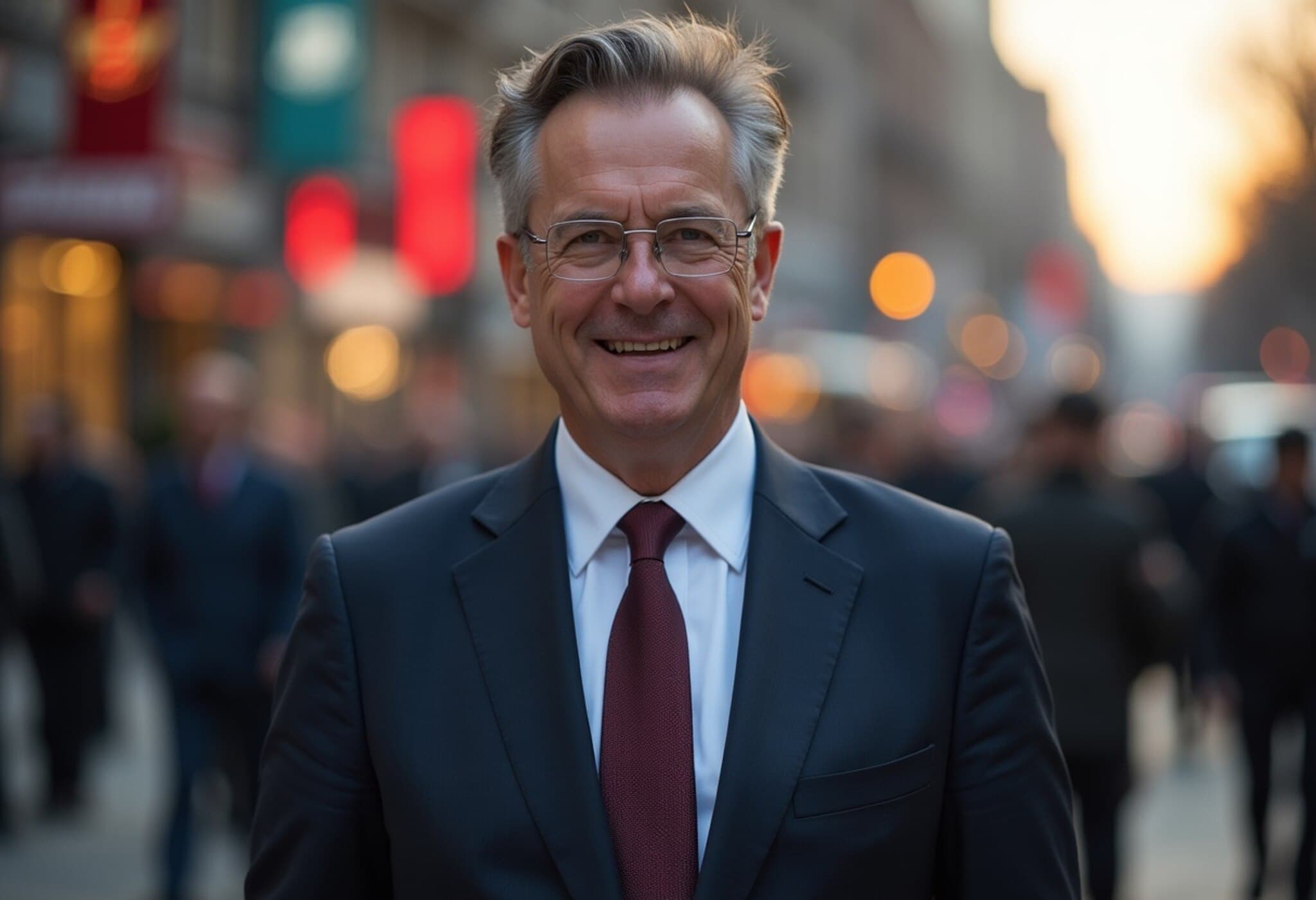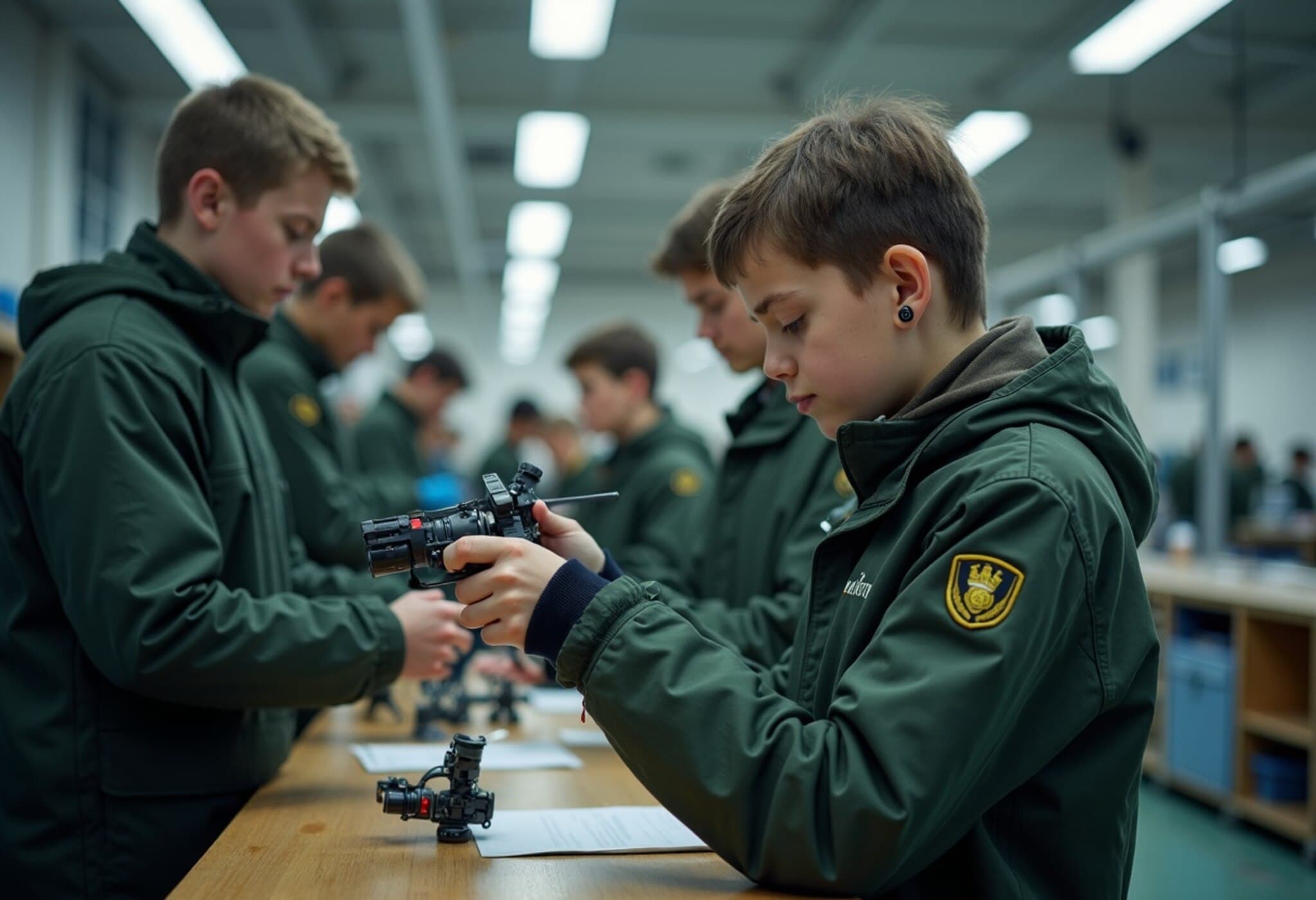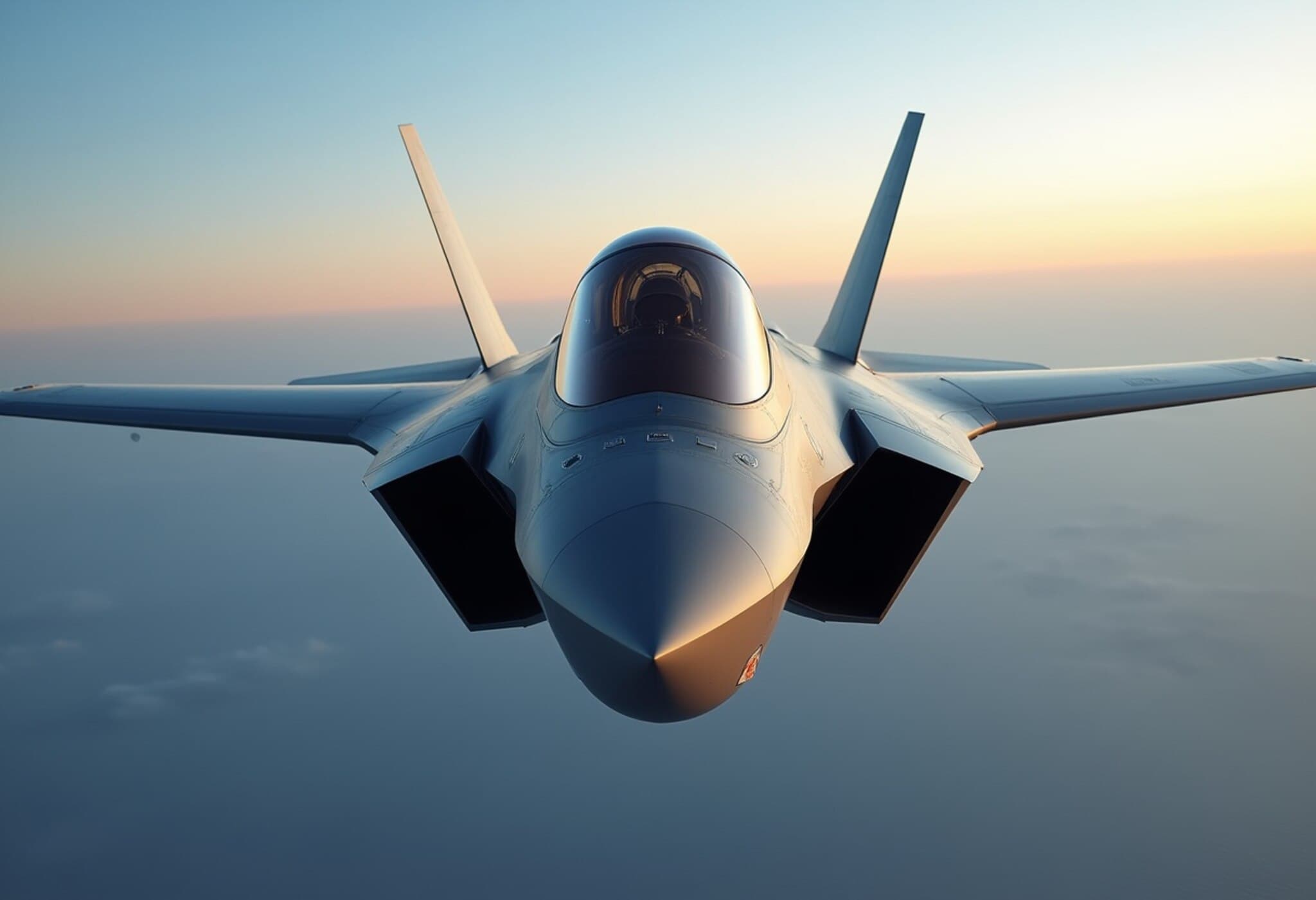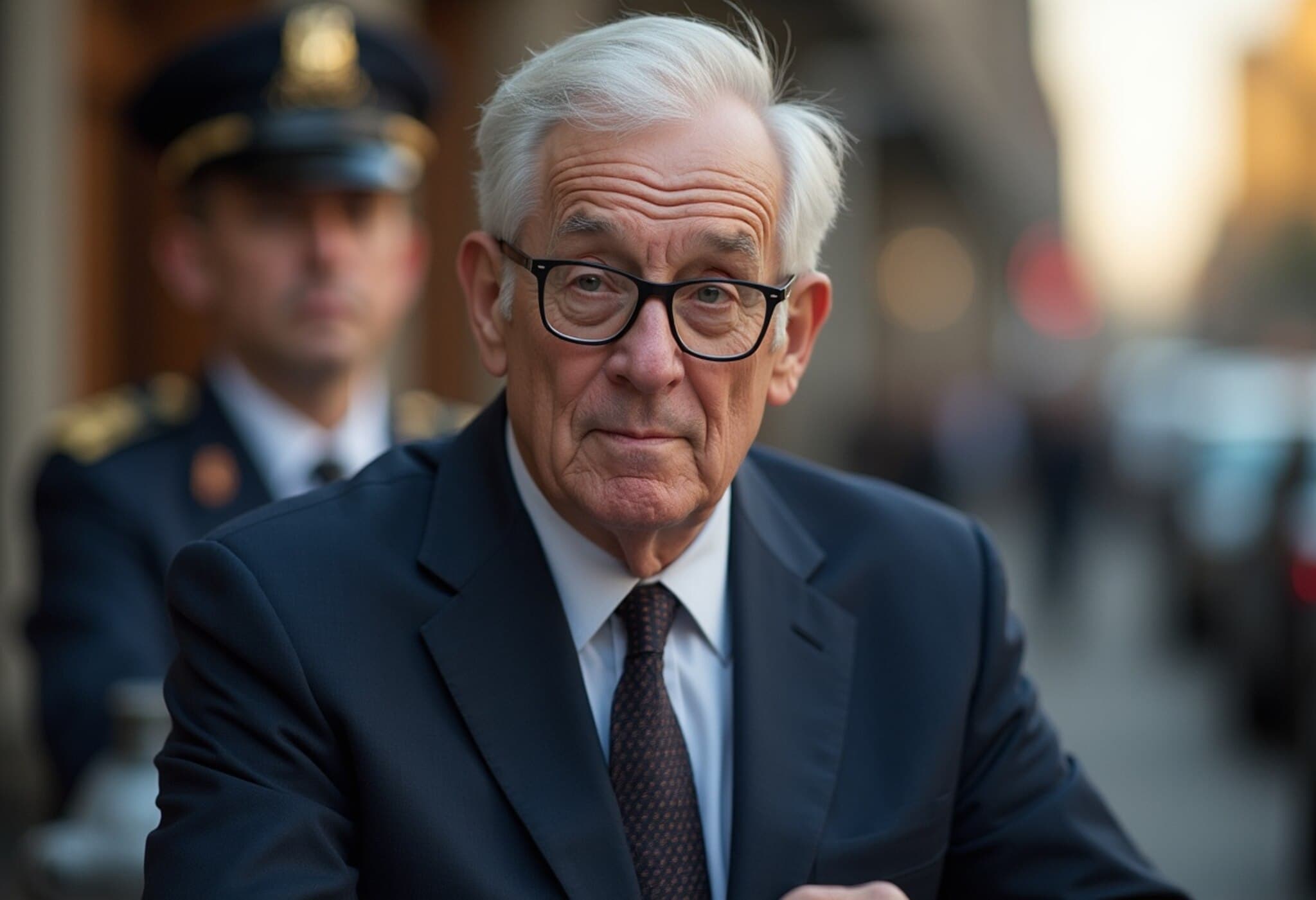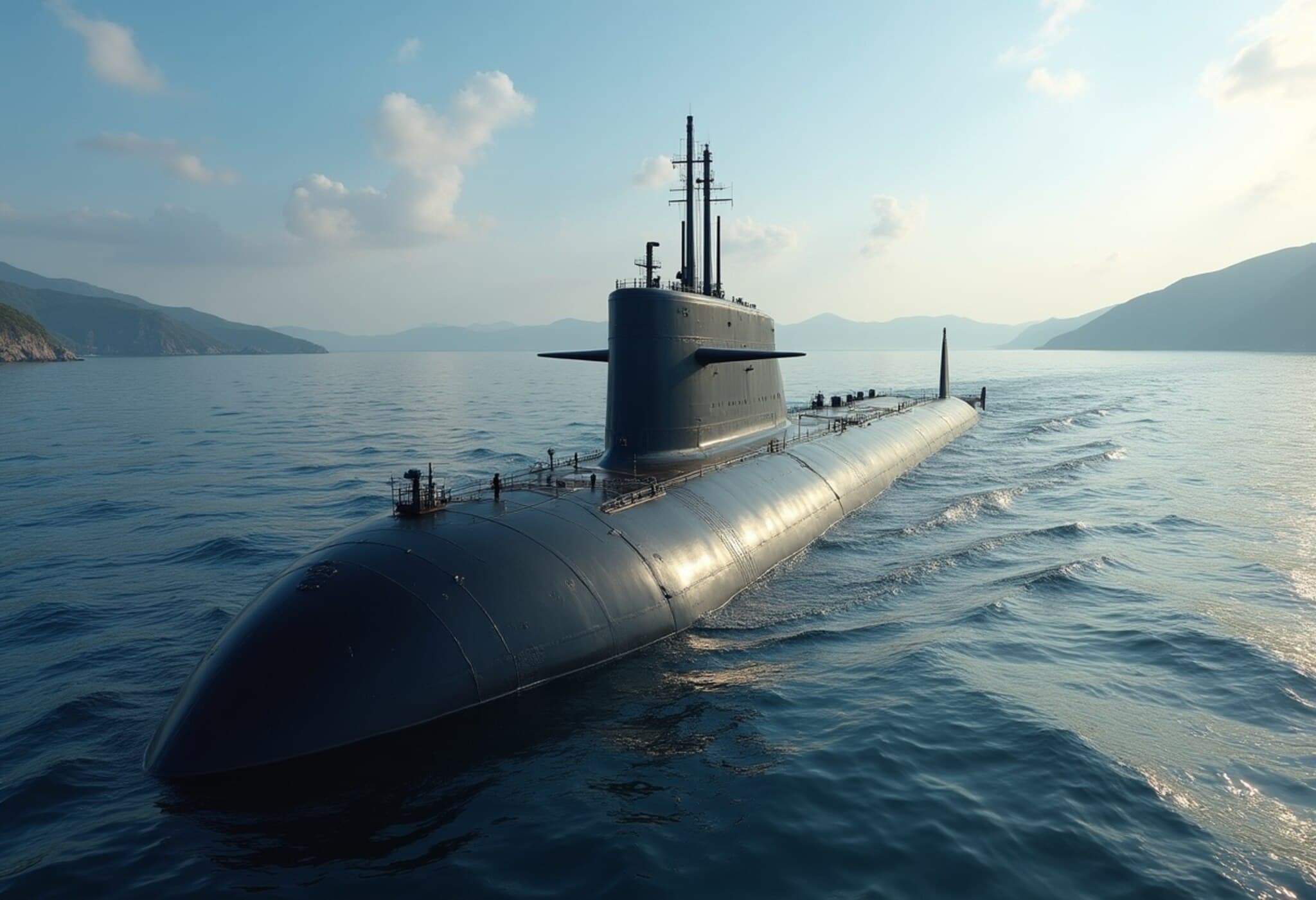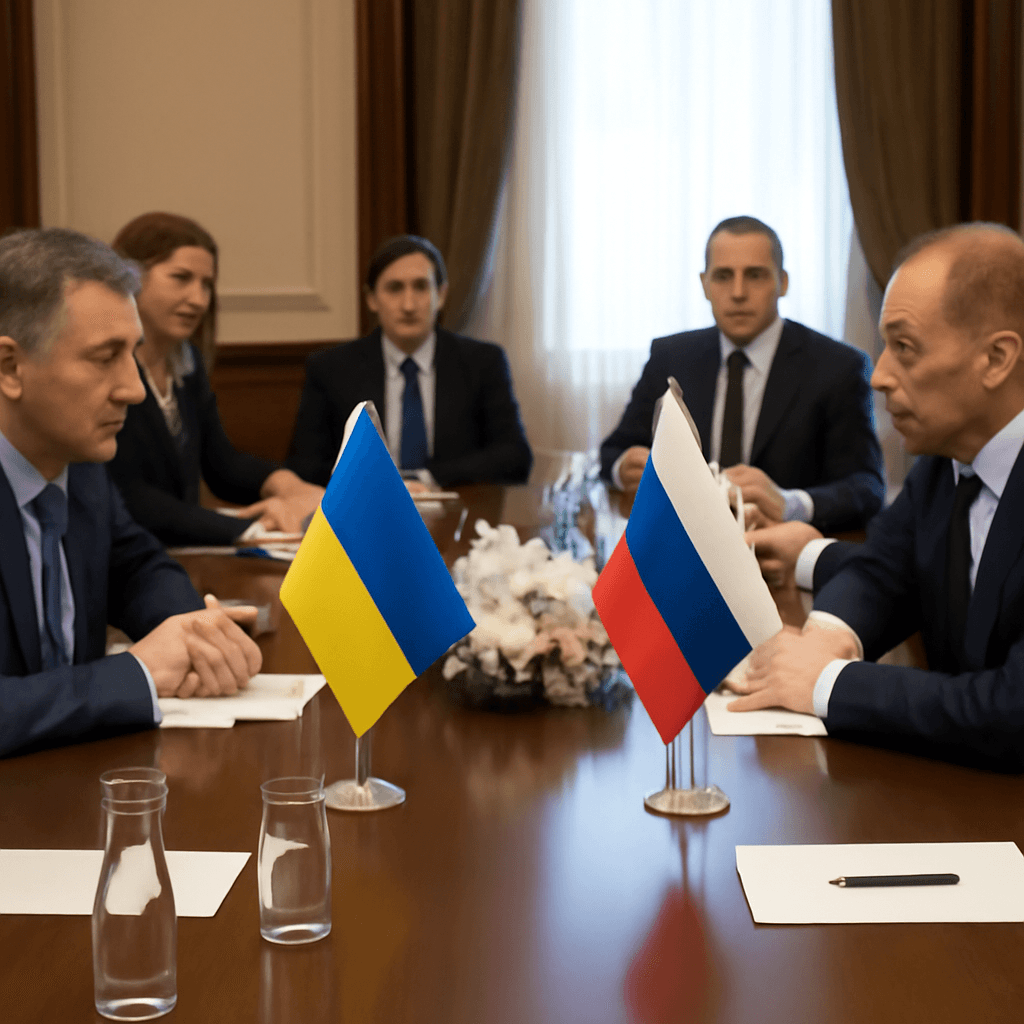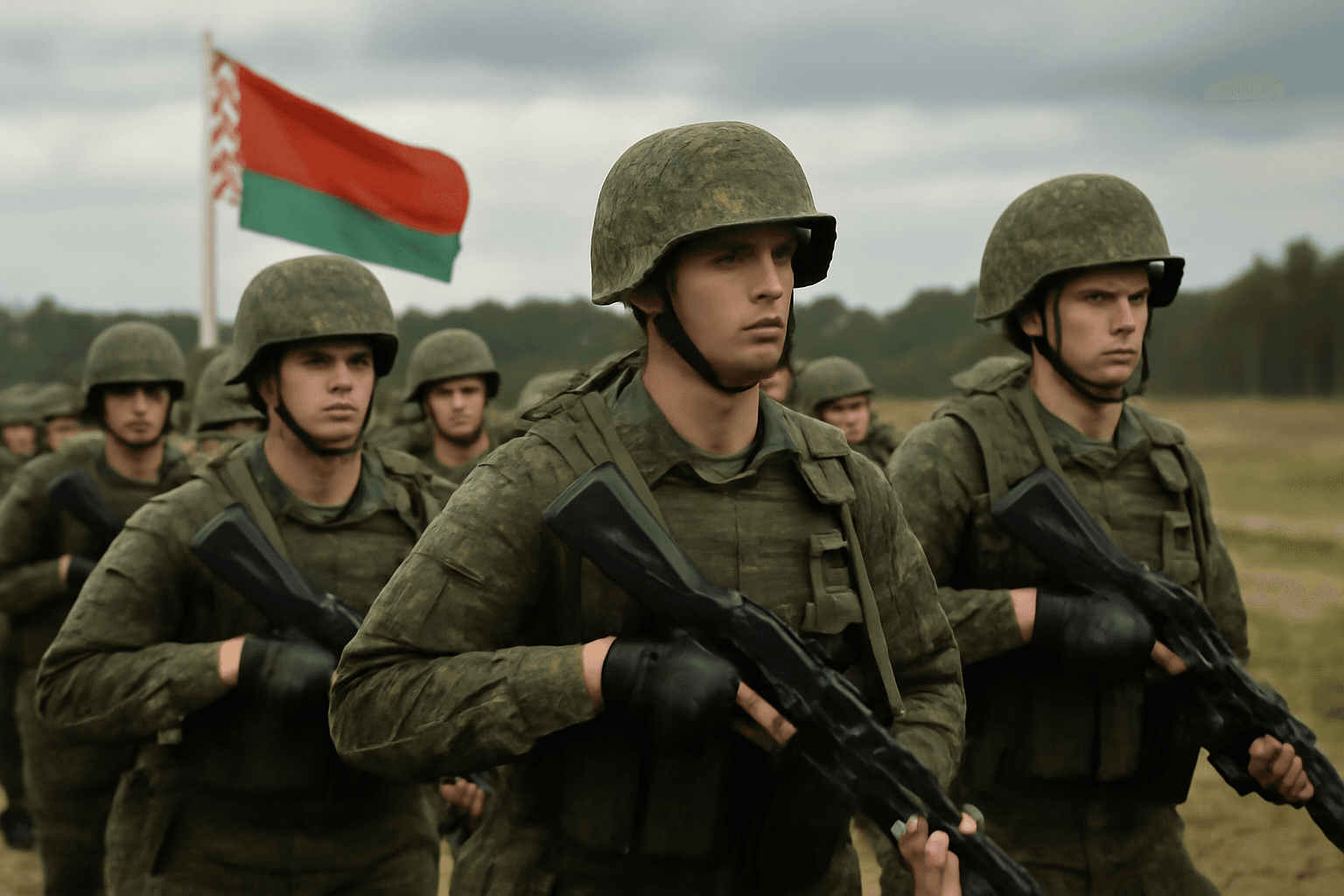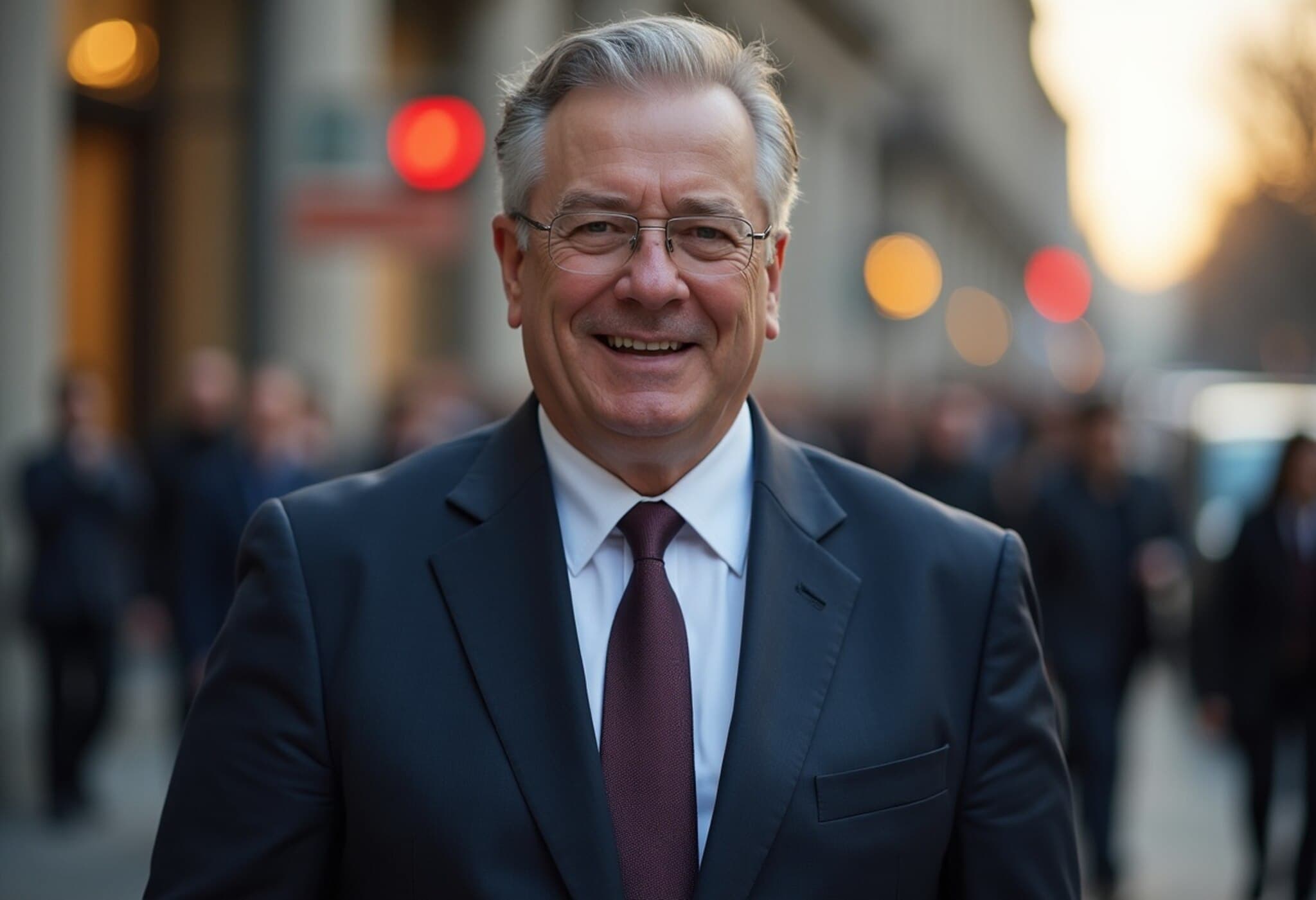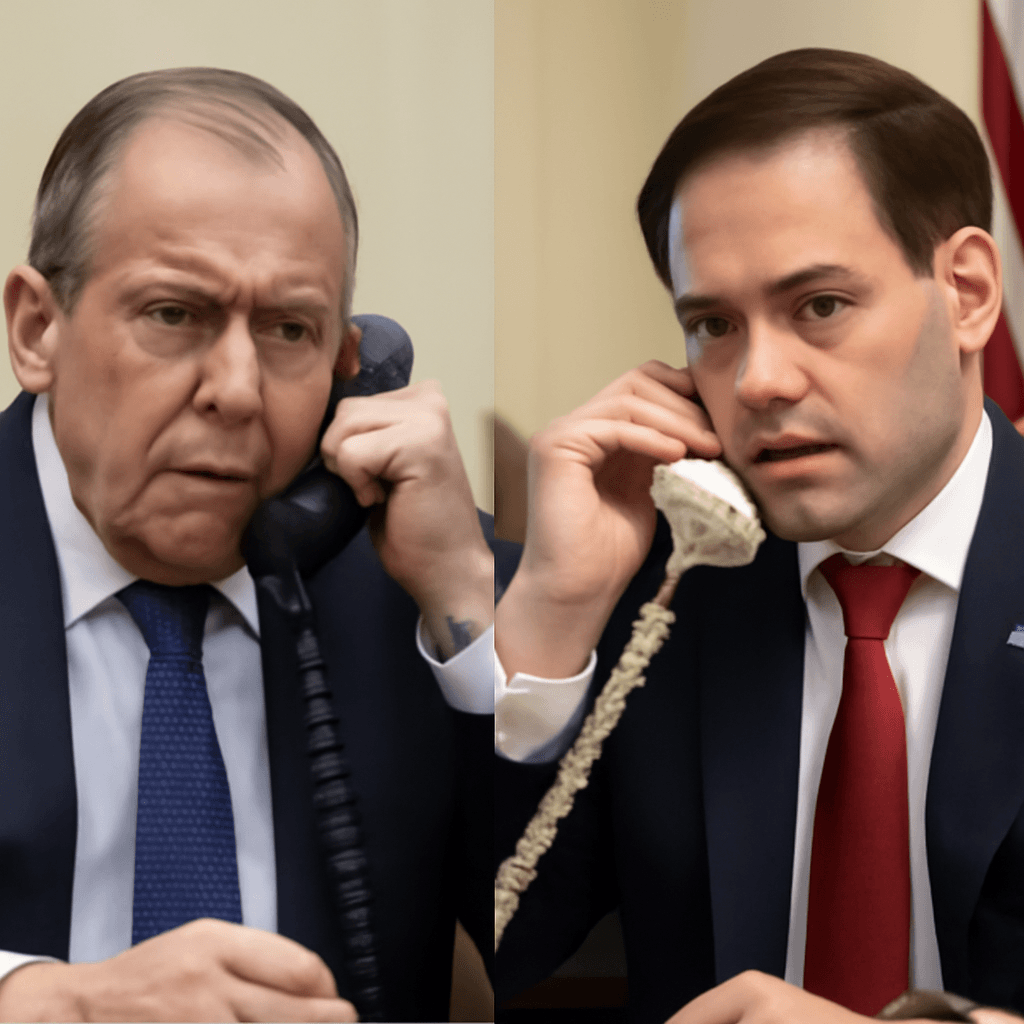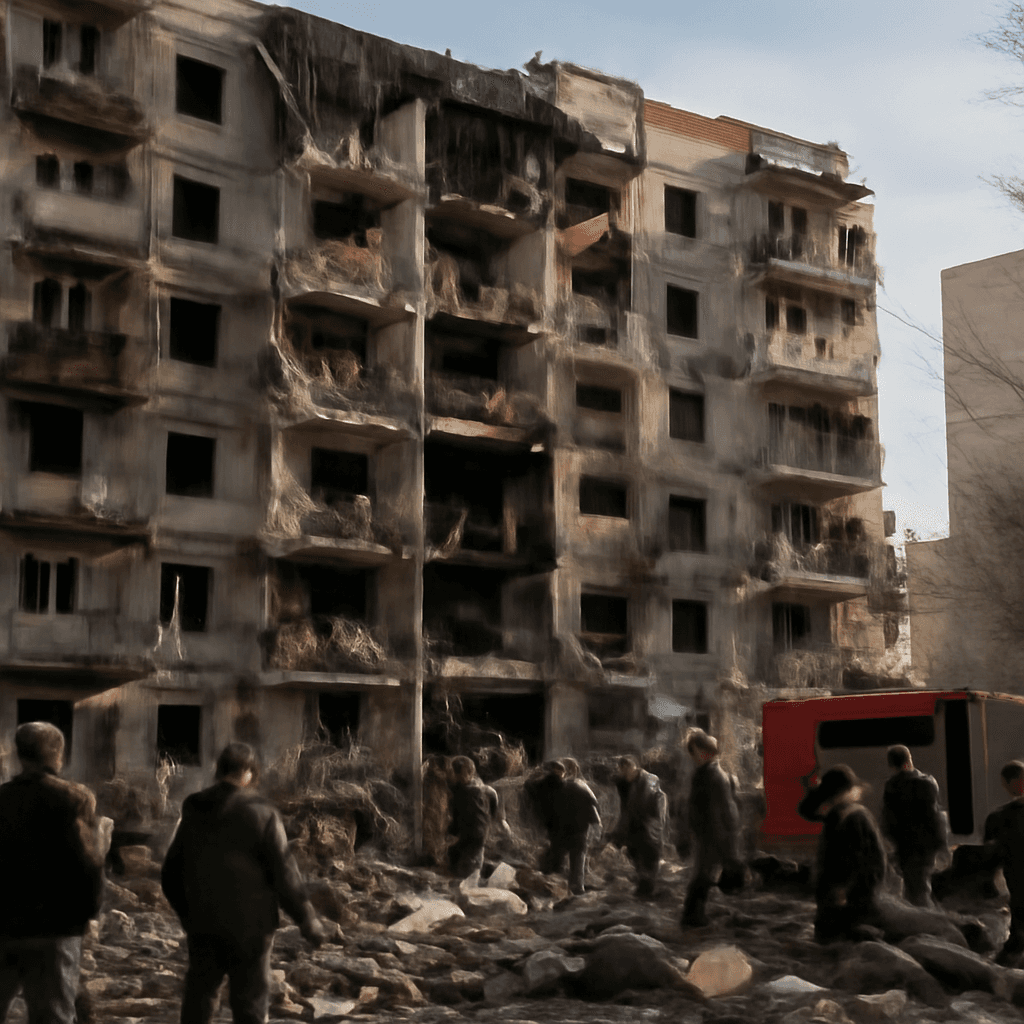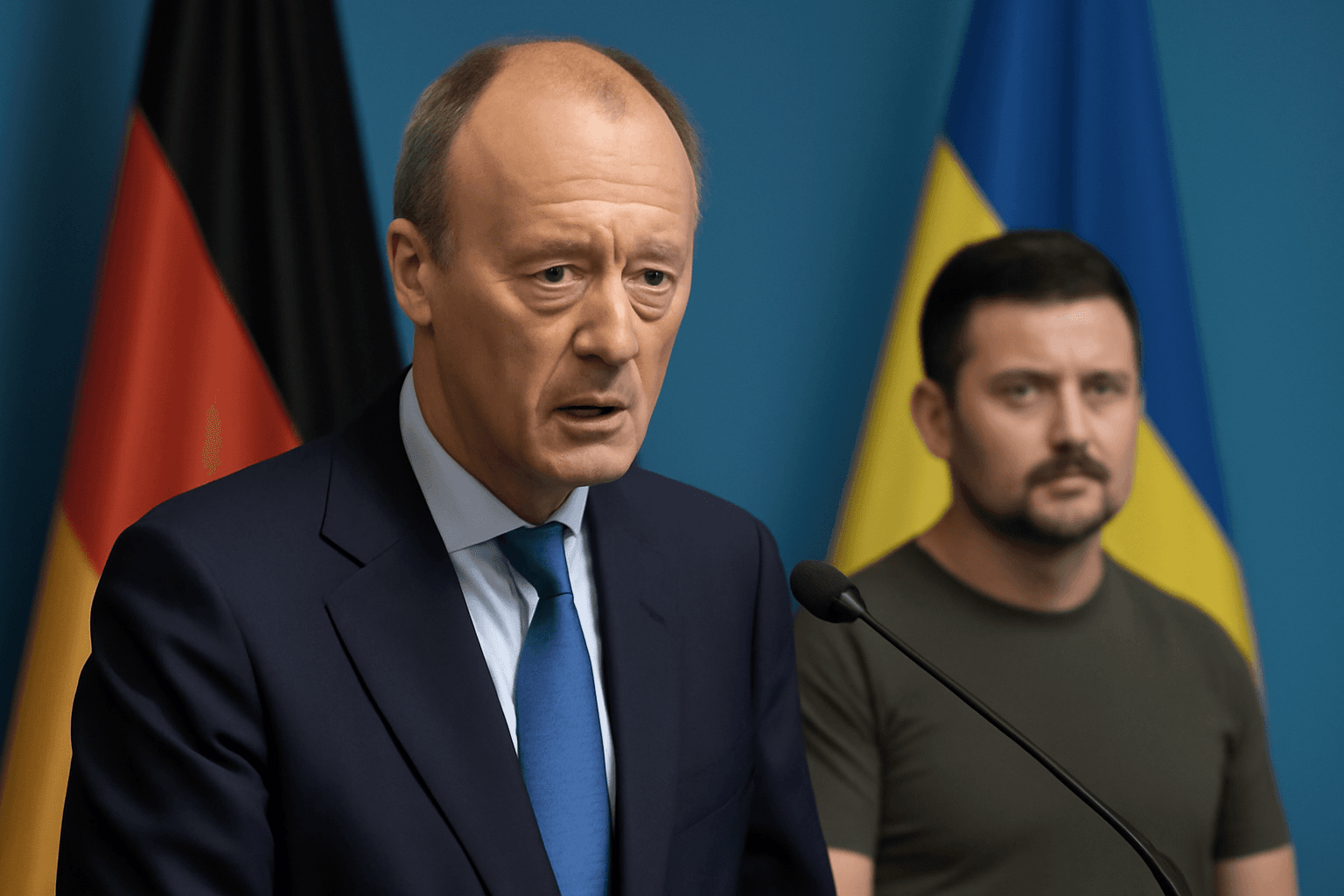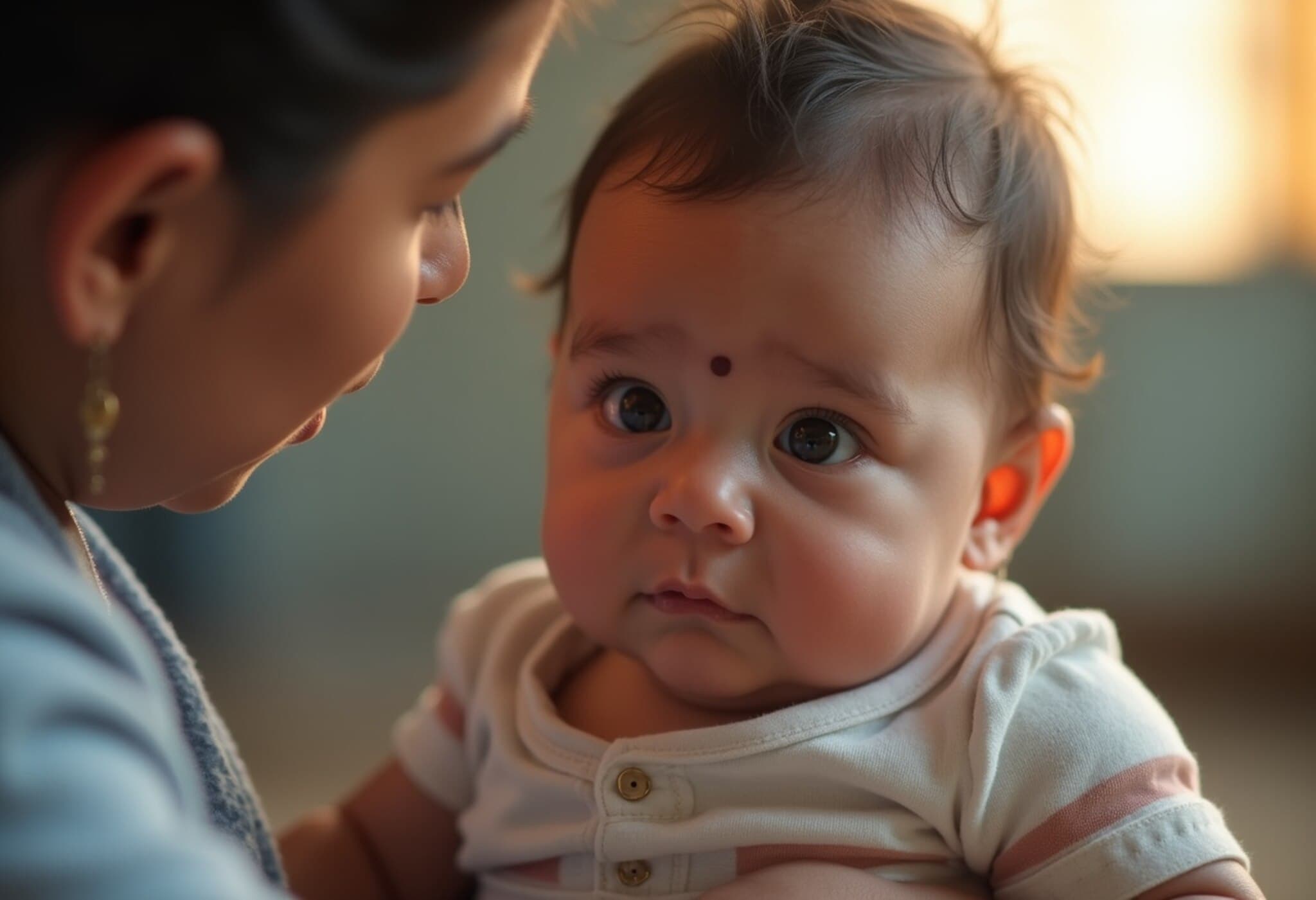Russia’s Arms Production Surges Ahead of NATO
In a stark revelation underscoring shifting global military dynamics, Dutch Prime Minister Mark Rutte has sounded the alarm about Russia’s unparalleled ammunition production capacity. Speaking to the New York Times, Rutte emphasized that Russia is churning out three times the amount of ammunition in just three months than all NATO members combined produce in an entire year. This startling disparity poses a significant challenge to the Western military alliance and has fueled debates over defense spending increases.
Escalating Military Tensions and Production
This significant imbalance in armament production comes amid an intensifying conflict in Ukraine, where Russia launched its largest aerial assault in three years, bombarding the country with over 550 missiles and drones recently. The relentless barrage reflects Russia’s growing military industrial output. Recent data from a government-affiliated Russian think tank highlighted a 16.9% rise in UAV production in May 2025 compared to the previous month, revealing how Moscow is bolstering its aerial warfare capabilities.
NATO’s Response: Boosting Defense Budgets
Recognizing the scale of the threat, NATO members agreed during the 2025 Summit in The Hague to raise defense budgets to 5% of GDP, significantly surpassing the previous 2% benchmark. This includes 3.5% for core defense needs and an additional 1.5% toward critical infrastructure and industrial resilience. Rutte insisted that while this hike represents a "massive" investment, it’s necessary to keep pace with Russia’s military rearmament or risk losing strategic influence.
Broader Geopolitical Implications
Rutte also highlighted the growing strategic complexity, pointing to the evolving cooperation between Russia, China, and Iran. This tripartite nexus challenges Western security not only in the European theater but extends to the interconnected Indo-Pacific and Atlantic regions. Particularly, China’s continued assertiveness over Taiwan adds another layer of tension that NATO and its allies must navigate carefully.
On the Ground in Ukraine
Meanwhile, the Kremlin remains defiant. Russian Foreign Minister Sergei Lavrov has publicly rejected ceasefire proposals, asserting that halting hostilities would only allow Ukraine and its supporters to regroup. Russia claims recent territorial gains, including settlements in Donetsk and Kharkiv, signaling a continued offensive. Russian leadership also criticized Western military aid to Ukraine, mocking efforts that include the deployment of over 110,000 drones and billions of dollars in weaponry.
U.S. and Western Allies Bolster Support to Ukraine
In Washington, the ongoing conflict has prompted a reconsideration of foreign policy towards Russia. Former President Trump, previously reticent, pledged military assistance to Ukraine, expressing dissatisfaction with Putin’s tactics. Current U.S. President echoed the urgency, affirming the necessity to increase arms shipments to Ukraine amid escalating attacks. These developments indicate a potential intensification of Western involvement in the conflict.
Expert Perspectives and Wider Context
From a defense policy standpoint, Russia’s acceleration in ammunition output underscores the strategic imperative for NATO to overcome prior complacency. The outdated 2% GDP spending benchmark, once considered sufficient, now seems inadequate in the face of an adversary rapidly modernizing and expanding its military stockpiles. The allocation of an additional 3% GDP toward defense marks a historic pivot, signaling acknowledgment of evolving realities on the ground.
Moreover, this military buildup should be viewed within the broader scope of hybrid warfare, involving not only kinetic violence but also cyber operations, diplomatic pressure, and economic coercion, primarily emanating from Russia and its regional partners. For American policymakers and analysts, these dynamics demand a holistic strategy integrating military readiness with diplomatic engagement and alliance management.
What Lies Ahead?
- Defense Innovation: The increased funding must translate into technological advancements and robust supply chains rather than just quantity.
- Alliance Cohesion: Maintaining NATO unity amid diverging national interests remains crucial as budgets rise.
- Geopolitical Strategy: Comprehensive policies addressing the intertwined challenges posed by Russia, China, and Iran will define security architectures for years.
- Public Engagement: Transparency and public support for defense spending increases are essential to sustain long-term commitments.
Editor’s Note
The revelation that Russia’s ammunition production dramatically outpaces that of NATO's entire coalition should serve as a wake-up call to policymakers and citizens alike. It challenges comfortable assumptions about Western military superiority and pressures alliances to adapt to new realities. This arms race is more than just a numbers game; it reflects deeper geopolitical shifts with global ramifications. As tensions simmer, the question remains: can NATO leverage this moment to build a sustainable, forward-looking defense posture without sparking further escalation?

